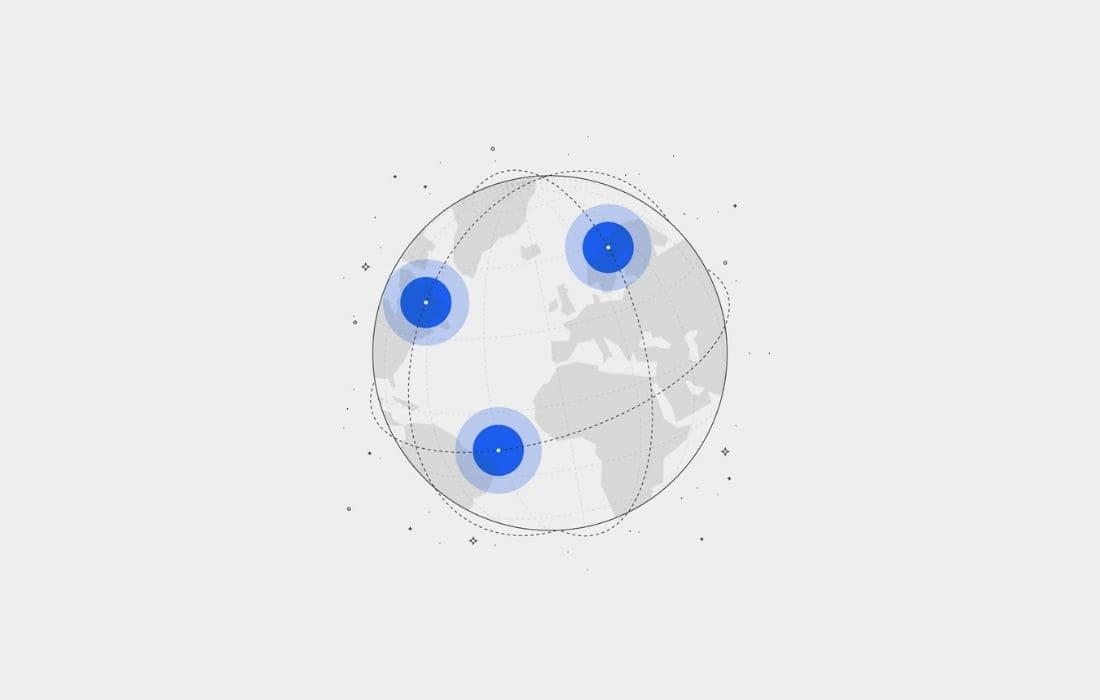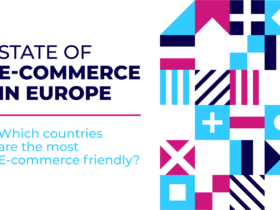E-commerce represents a unique opportunity for sellers to reach out and present their products and services to new consumers in new markets. Each of them has its own opportunities and specificities.
The year 2020 has especially helped the development of online sales, taking an increasingly important part in the lives of consumers. The internationalization of online sales is such that it is forecasted that the B2C E-commerce market to be worth USD 4,195.4 billion by the year 2027 (+646.38% compared to 2018).
Moreover, this international growth in B2C trade is supported by the development of cross-border logistics and payment solutions that are increasingly adapted to the needs of sellers.
In this article, we will discover together which are the major markets of the world E-commerce. Furthermore, we will try to understand why these markets are so successful. This ranking was made taking into account the data collected by eMarketer for 2020 (retail E-commerce sales).
1. China – USD 2,779.31 billion
The first of this ranking is not very surprising. Chinese consumers are increasingly going online to buy, reaching 1,223.9 million users by 2025.
The Chinese E-commerce market is quite specific, as consumers only consume “locally”. 97% of online purchases are domestic.
These consumers pay mostly through E-wallet systems. Indeed, the mobile-first approach is prevalent in the Chinese market, and local players have understood it well, as shown by the success of Alipay, Union Pay, etc. The second payment method in terms of popularity is the credit card.
The biggest E-commerce company in China is JD.com. Previously known as 360buy, the E-commerce company launched in 1998 is a complete B2C marketplace allowing its users to buy different types of products. In 2020, the company had 114.3 billion in revenue.
Besides JD.com, the most successful E-commerce companies are:
- Alibaba: USD 109.480 billion
- Tencent: USD 73.56 billion
- Baidu: USD 16.4 billion
- Vipshop: USD 15.61 billion
China is also marked by different communication means than Western markets, and marketing strategies are logically adapted. It is from China that the live shopping strategy comes from, which allows today to create strong links between brands, influencers and consumers.
The most popular social network in the country is WeChat, with over 1 billion users per month. The network is owned by the company Tencent, and offers an all-in-one instant messaging system, so much so that it is called a “super-app”.
Finally, Chinese E-commerce is particularly marked by a day, somewhat similar to Black Friday. It is the Single Day, which takes place on November 11th (11/11 representing 4 single people). This day is an opportunity to sell prices and develop its customer base.
The forecasted change for 2021 is +21% compared to 2020.
2. United States of America – USD 794.5 billion
As in the previous market, American consumers are also increasingly going online to shop. The number of users will reach 291.2 million users by 2025.
Consumers in this market are also very inclined to domestic consumption, amounting to 97% of the online shopping share.
The most popular payment method in the U.S. is the credit card, whether physical or online. However, it should not be forgotten that this market has seen the emergence of many alternative solutions to this payment method, such as PayPal, Stripe, and many others.
As for China, the United States concentrates a large part of the major e-commerce players. These are popular both locally and internationally. Among them, we can mention Amazon. Jeff Bezos’ company is present all over the world. The generalist marketplace offers B2C services, but also services such as Prime Video or its own products like smart speakers. These products and services allow the company to generate USD 367.19 billion.
Amazon is not the only e-commerce player attracting many consumers. It is also possible to mention:
- Walmart: USD 64.62 billion
- eBay: USD 38.67 billion
- Apple: USD 33.62 billion
- Best Buy: USD 20.34 billion
In addition to giving birth to many famous brands and stores in the world, the USA has launched social media companies that the majority of the world uses almost daily. These include Facebook, now known as Meta, encompassing Messenger, WhatsApp and Instagram.
The US E-commerce market is particularly marked by Black Friday, which takes place on the Friday after Thanksgiving. This is a special day for:
- Consumers, who get access to great deals for one day
- Sellers, who increase their business volume and the traffic of their point of sale (online or physical store)
The forecasted change for 2021 is +6.1% compared to 2020.
3. United Kingdom – USD 180.39 billion
The last few years have been rich in news for the United Kingdom. Lately, when talking about the country, the subject of Brexit is quickly brought up. By 2025, consumers in the market will be 62.1 million to buy on the Internet.
In particular, Brexit has influenced domestic consumption, pushing customers to buy “locally” 96% of the time.
As in the US, the most popular payment methods in the market are PayPal and bank cards. Mobile payment is also gradually being adopted by consumers, increasingly using the services of Google Pay, Apple Pay, etc.
Amazon once again has a strong hold on the e-commerce world. The United Kingdom is no exception to the rule. The regional version (.co.uk) of the site has a turnover of USD 14.67 billion in 2020. The marketplace is followed by:
- Tesco: USD 7.59 billion
- Argos: USD 5.41 billion
- Sainsburys: USD 4.55 billion
- Currys: USD 4.14 billion
The British are very keen on online shopping. Indeed, the major players in this industry (Tesco and Argos) are very popular in the market. Concerning the social networks part, the Metaverse proposes once again the favorite platforms of consumers: 73% for Facebook, 52.5% for Instagram (without taking into account instant messengers).
The forecasted change for 2021 is -6.3% compared to 2020.
4. Japan – USD 141.26 billion
Japan is one of the fastest growing markets in the world. Also, it is one of the most unique markets, with consumer habits very different from those of Western markets. According to projections, E-commerce will attract 113.1 million users by 2025.
The most popular payment method in Japan is the credit card. Cash and Konbini payments are also well appreciated on this market.
Despite the peculiarities of this market, the most popular online store in Japan is the regional Amazon site, generating a business volume of USD 12.295 billion in 2020. The marketplace is followed by other online retail giants such as:
- Apple: USD 2.731 billion
- Yodobashi: USD 2.581 billion
- Monotaro: USD 1.356 billion
- Zozotown: USD 1.136 billion
Besides Youtube, Google’s video platform, the most used social network by Japanese is LINE, an instant messaging application. Sellers use it to develop their customer service and to propose promotions. These sites are followed by Twitter, Instagram and Facebook, as in the majority of the world.
The forecasted change for 2021 is +2% compared to 2020.
5. South Korea – USD 110.60 billion
The last Asian market on this list, but not the least. South Korea is a prime destination for online retailers, as this market generates a high volume of business despite an estimated 42.6 million online consumers (projected for 2025).
Again, the preferred method of payment for South Koreans is credit cards. Other payment methods include bank transfers and KakaoPay (e-wallet system).
Coupang is the most successful site in the South Korean market. As a proof, it generated USD 10.882 billion in 2020. Like Amazon, the Seoul-based company now offers its own video streaming service, and is often compared to the e-commerce giant. Its success is such that it generates 7.7 times more business volume than the national runner-up:
- SSG: USD 1.412 billion
- Yes24: USD 0.433 billion
- GS Shop: USD 0.407 billion
- Apple: USD 0.376 billion
Koreans are fond of the social networks we know in the West. We can then find a large use of the Metaverse networks as well as Twitter.
The forecasted change for 2021 is +9% compared to 2020.
Image credit: Hellsjells





